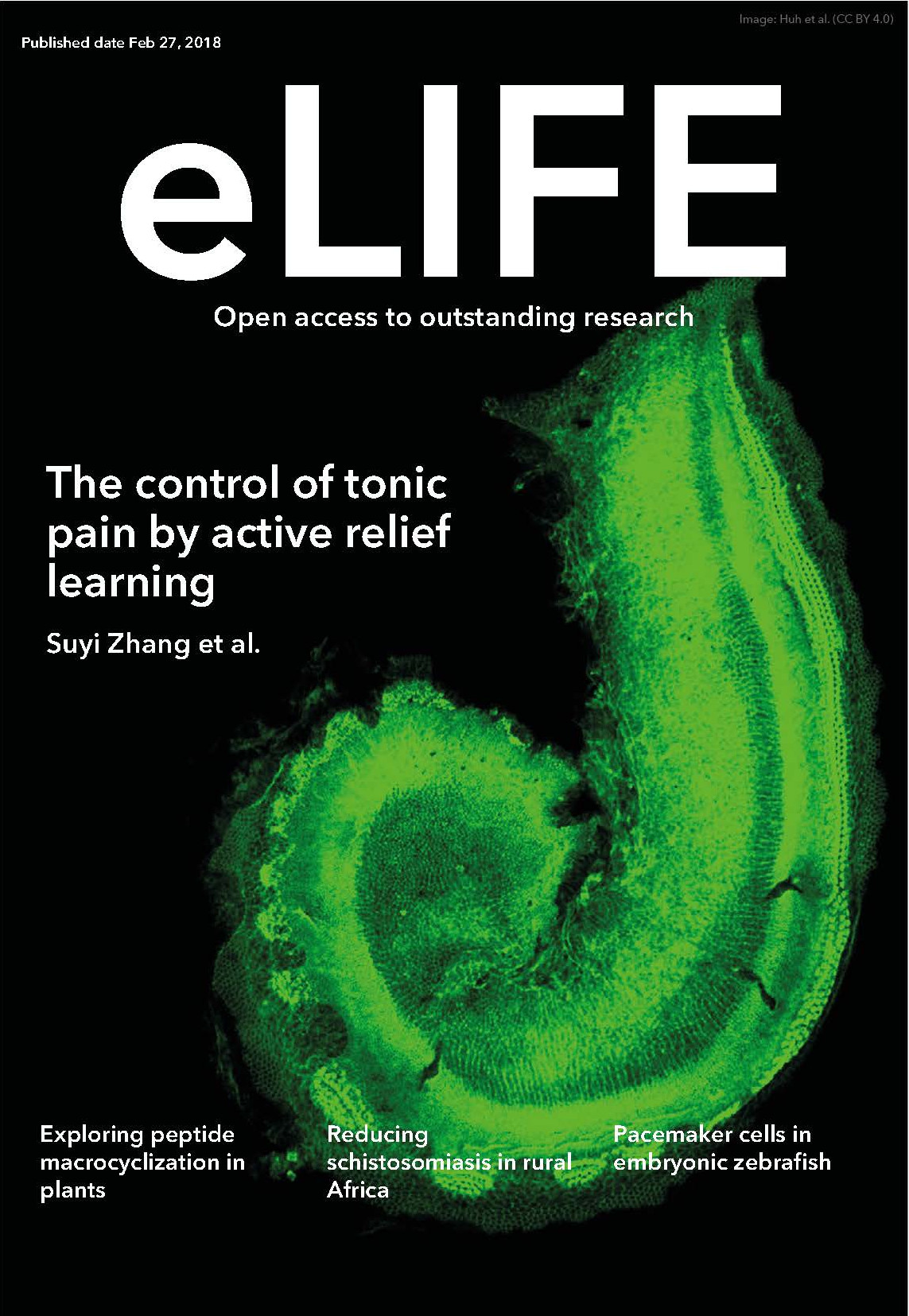An international collaboration between CiNet and UK researchers has shed light on the how the brain can automatically reduce pain, raising hope for new treatments in the future.
[From eLife Digest] ‘Chronic pain is a common problem that affects about 1 in 5 people at some point in their lives. The lack of effective treatments has led to widespread use of a group of drugs called opioids – the best-known example is morphine. Opioids work by activating the brain’s natural painkilling system and are useful to relieve short-term pain, for example in trauma or surgery, or in end-of-life care. Unfortunately, long-term use of opioids can cause many undesirable effects, including drug dependency. Misuse of opioids combined with the widespread availability of prescription drugs have contributed to the current crisis of opioid addiction and overdose.
A better understanding of how the brain’s natural painkilling system works could help scientists develop painkillers that offer relief without the harmful side effects of opioids. While unpleasant, pain is important for survival. After an injury, for example, pain saps motivation and forces people to rest and preserve their energy as they are healing. In a way, this sort of pain is healthy because it promotes recovery. There may be times when the brain might want to turn off pain, such as when an individual is seeking new ways to relieve or manage pain. For example, by finding a way to cool a burn.

Now, Zhang et al. show that the brain reduces pain while individuals are trying to find relief. In the experiments, a metal probe was attached to the arm of healthy volunteers and heated until it became painful but not hot enough to burn the skin. Then, the volunteers were asked to play a game in which they had to find out which button on a small keypad cooled down the probe. Sometimes it was easy to turn off the heat, sometimes it was difficult. During the game, volunteers reported how much pain they felt and Zhang et al. used brain imaging to see what happened in their brains.
When the subjects were actively trying to work out which button they should press, pain was reduced. But when the subjects knew which button to press, it was not. Next, Zhang et al. found that a part of the brain called the pregenual cingulate cortex was responsible for making decisions about when to turn off pain and may so trigger the brains natural pain killing system. A next step will be to see how this part of the brain decides to turn off pain and if it also controls opioid-like or other chemicals. This could improve the use of opioids, or even help to discover alternative treatments for chronic pain.’
The paper is published in eLife: https://elifesciences.org/articles/31949
The research was covered by several news sources.
Yahoo News: https://in.news.yahoo.com/scientists-identify-brain-region-opioid-alternative-134404543.html
Forbers: www.forbes.com/sites/daviddisalvo/2018/02/28/to-stem-opioid-addiction-science-is-deconstructing-how-the-brain-controls-pain <http://www.forbes.com/sites/daviddisalvo/2018/02/28/to-stem-opioid-addiction-science-is-deconstructing-how-the-brain-controls-pain>
Livescience: https://www.livescience.com/61879-brain-pain-relief-system.html
